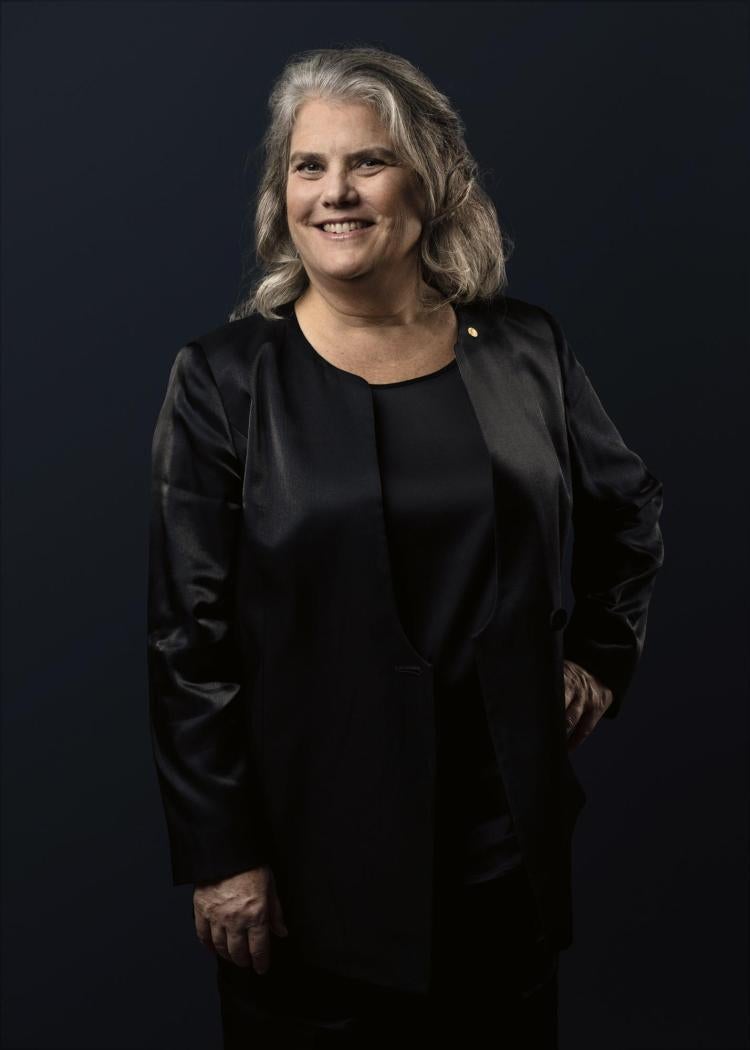Astrophysicist who confirmed black hole at galaxy’s center to speak March 5 at CU Boulder
Andrea Ghez, recipient of the 2020 Nobel Prize in physics, will give the 53rd George Gamow Memorial Lecture March 5 at the University of Colorado Boulder.
Ghez, Lauren B. Leichtman and Arthur E. Levine Professor of Physics and Astronomy at UCLA, shared half of the prize with Reinhard Genzel of the University of California, Berkeley.

Andrea Ghez, 2020 Nobel Prize winner in physics, will give the 53rd George Gamow Memorial Lecture March 5 at the University of Colorado Boulder. (Photo: The Nobel Foundation)
The pair were recognized by the Nobel committee for their discovery of a “supermassive” black hole at the center of the Milky Way galaxy. Ghez, head of UCLA’s Galactic Center Group, solved the question, what exactly is “Sagittarius A*,” which was first detected as a mysterious radio signal in 1933.
“I see being a scientist as really fundamentally being a puzzle-solver,” Ghez said in 2021. “Putting together the pieces, trying to find the evidence, trying to see the bigger picture.”
Who: Andrea Ghez, recipient of the 2020 Nobel Prize in Physics
When: 7:30 p.m. Tuesday, March 5
Where: Macky Auditorium, University of Colorado Boulder campus
Tickets: Free and open to the public
She helped develop a new technology to correct the distorting effects of Earth’s atmosphere. Gathering data from the world’s largest telescope system, the W. M. Keck Observatory in Hawaii, she and her team continue to plumb the depths of the galactic center 26,000 light years distant.
While Albert Einstein’s epochal work on relativity remains the best description of how gravity works, Ghez says it can’t account for gravity inside a black hole. Through what she calls “extreme astrophysics,” she seeks to go where the pioneering astrophysicist could not.
“Einstein’s right for now,” she said. “However, his theory is showing vulnerability. … At some point we will need to move … to a more comprehensive theory of gravity.”
A member of the National Academy of Sciences and author of a 2006 children’s book, “You Can Be a Woman Astronomer,” Ghez is widely recognized as a role model for young women.
“Seeing people who look like you, or are different from you, succeeding shows you that there’s an opportunity,” she said.
Top image: An artist's concept illustrating a supermassive black hole with millions to billions times the mass of fthe Sun. (Illustration: NASA/JPL-Caltech)
Did you enjoy this article? Subcribe to our newsletter. Passionate about astrophysical and planetary sciences? Show your support.



